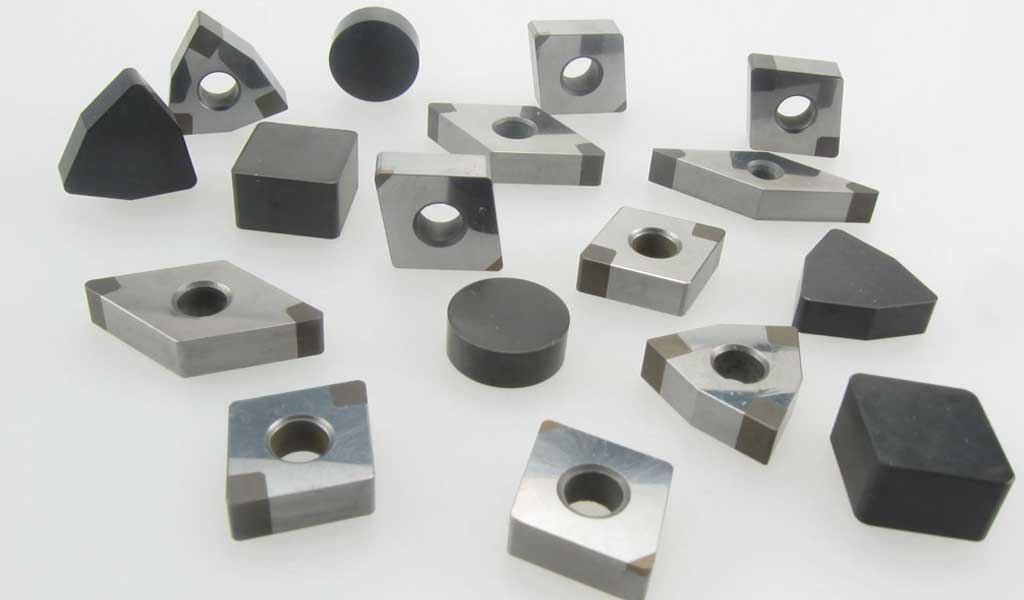
The spindle taper holes of machining centers are usually divided into two categories, namely the general system with a taper of 7:24 and the HSK vacuum system with a taper of 1:10.
1.7:24 Taper Universal Tool Holder
Universal tool holders with a taper of 7:24 are generally available in five standards and sizes, namely NT (traditional), DIN 69871 (German standard), IS0 7388/1 (international standard), MAS BT (Japanese standard) and ANSI/ASME (American standard).
The German standard of the NT type tool holder is DIN 2080. The tool holder is tightened by a pull rod on a traditional machine tool. It is also called ST in China; the other four tool holders are all used on the machining center. Tighten the handle.
At present, the two most used tool holders in China are DIN 69871 type (ie JT) and MAS BT type. Holders of type DIN 69871 can be mounted on machine tools with type DIN 69871 and ANSI/ASME tapers, and holders of type IS0 7388/1 can be mounted on type DIN 69871, IS0 7388/1 and ANSI/ASME tapers. on the machine tool, so in terms of versatility,
Holders of type IS0 7388/1 are the best.
(1) DIN 2080 type (abbreviated as NT or ST)
DIN 2080 is the German standard, that is, the international standard ISO 2583. It is what we usually call the NT-type tool holder. The tool cannot be loaded by the manipulator of the machine tool but manually loaded.
(2) DIN 69871 type (referred to as JT, DIN, DAT or DV)
DIN 69871 type is divided into two types, namely DIN 69871 A/AD type and DIN 69871 B type, the former is the inner cooling of the center, the latter is the inner cooling of the flange, other dimensions are the same.
(3) ISO 7388/1 type (referred to as IV or IT)
The shank installation dimension is no different from DIN 69871 type, but since the D4 value of ISO 7388/1 type shank is smaller than that of DIN 69871 type shank, the ISO 7388/1 type shank is installed in the DIN 69871 type taper hole There is no problem on the machine of the type DIN 69871, but there is a possibility of interference when the DIN 69871 type tool holder is installed on the type of ISO 7388/1 machine.
(4) MAS BT type (abbreviated as BT)
BT type is a Japanese standard, and its installation dimensions are completely different from DIN 69871, IS0 7388/1 and ANSI, and cannot be used interchangeably. The symmetrical structure of the BT-type tool holder makes it more stable at high speed than the other three tool holders.
(5) ANSI B5.50 type (abbreviated as CAT)
ANSI B5.50 type is the American standard, the installation size is similar to DIN 69871, IS0 7388/1, but because of one less wedge notch, so ANSI B5.50 type shank can not be installed on DIN 69871 and IS0 7388/1 machine tools, but DIN 69871 and IS0 7388/1 holders can be mounted on ANSI B5.50 type machines.
2. 1:10 HSK Vacuum Tool Holder
The German standard for HSK vacuum tool holders is DIN69873. There are six standards and specifications, namely HSK-A, HSK-B, HSK-C, HSK-D, HSK-E and HSK-F. There are three commonly used: HSK-A (automatic tool change with internal coolant), HSK-C (manual tool change with internal coolant) and HSK-E (automatic tool change with internal coolant, high speed type).
The 7:24 universal tool holder is connected by the contact and positioning of the 7:24 tapered surface of the tool holder and the 7:24 tapered surface of the machine tool spindle hole, which has limitations in high-speed machining, connection rigidity and coincidence accuracy.
The HSK vacuum tool holder relies on the elastic deformation of the tool holder, not only the 1:10 conical surface of the tool holder is in contact with the 1:10 conical surface of the spindle hole of the machine tool, but also the flange surface of the tool holder is in close contact with the main shaft surface. The surface contact system is better than 7:24 in high-speed machining, connection rigidity and coincidence accuracy There are A type, E type and F type on the center (automatic tool changer).
The biggest difference between Type A and Type E is:
- 1. Type A has a transmission groove and type E does not. Therefore, the A-type transmission torque is relatively large, and some heavy cutting can be carried out relatively. The torque transmitted by the E-type is relatively small, and only some light cutting can be performed.
- 2. In addition to the transmission groove, there are also manual fixing holes and direction grooves on the A-type tool handle, so the balance is relatively poor. The E type does not, so the E type is more suitable for high-speed machining.
The mechanism of E-type and F-type is exactly the same, and their differences are:
The E-type and F-type shanks of the same name (such as E63 and F63), the taper of the F-type shank is one size smaller. That is to say, the flange diameters of E63 and F63 are both φ63, but the taper size of F63 is only the same as that of E50. So compared to the E63, the F63 will have a faster speed (smaller spindle bearing).